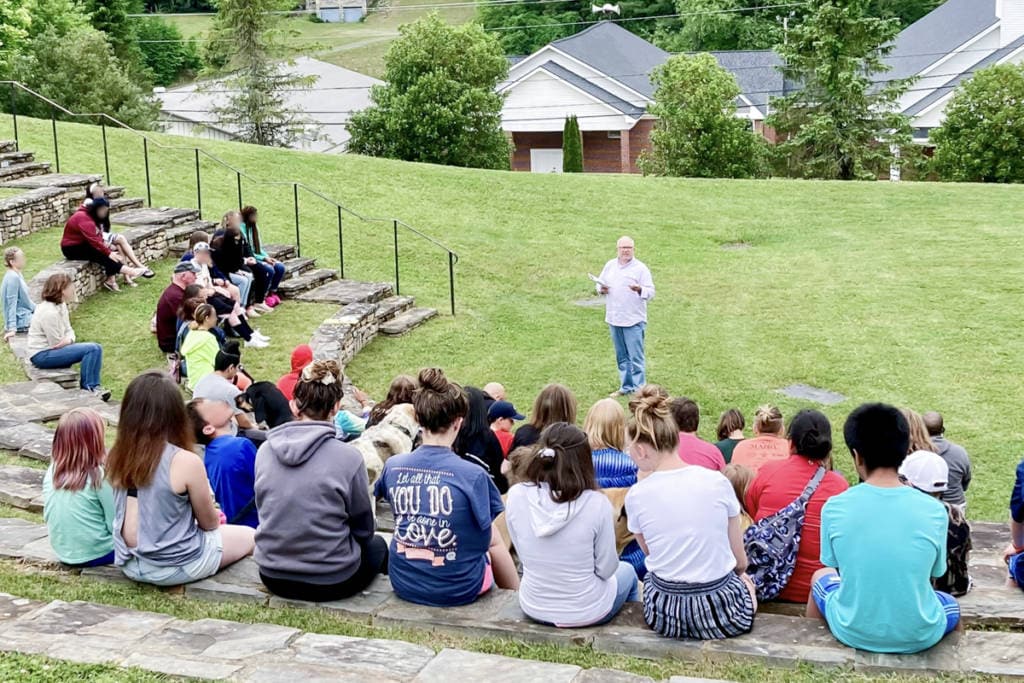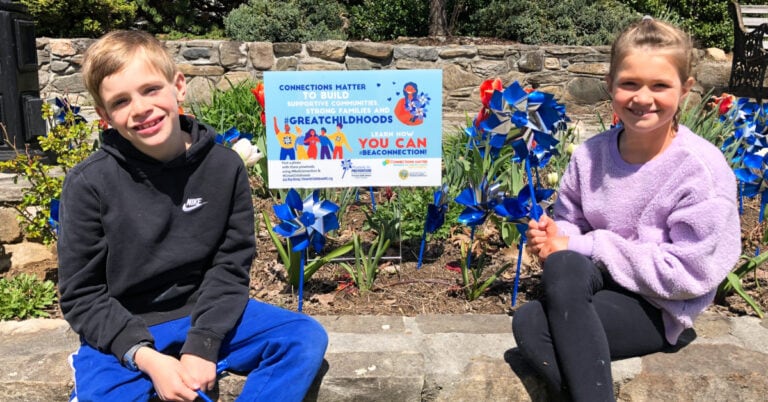“Laws should be like clothes. They should be made to fit the people they are meant to serve”. Clarence Darrow
The Family First Prevention Services Act (FFPSA or Families First) was signed on February 9, 2018. FFPSA is one of the most impactful of its kind on the child welfare system. It’s been called the “most significant financial reform of the child welfare system in decades.” And it’s been said to “break from 30 years of federal child welfare policy by putting the focus squarely on prevention services”.
At Crossnore we are hopeful that FFPSA and the work we are doing will fit what our clients need and deserve. No major change happens overnight, and no change is perfect. We must stay aware of the implications so we can advocate for the best interest of our kids, no matter what.
To advocate, we must first understand what is happening. FFPSA is about system change. A big part of system change is funding change. Funding means resources. Resources mean kids get what they need. Two major points of change with this law are in relation to 1) funding increases for the use of prevention services and 2) funding limitations for group living.
Advocacy Starts with Education
Previous to this act, agencies could use Federal Funding known as Title IV-E funding for several things. It could supplement the costs for foster care placements, be used for administrative costs to run programs, training for staff and foster parents, and adoption/kinship guardianship assistance. With the signing of this law, states can now access Title IV-E funding for prevention services that would allow “candidates for foster care” to remain with their family of origin. FFPSA outlines the criteria for what prevention services will be allowable under this funding provision. They include evidence-based mental health, parenting, and substance abuse services. There are also additional requirements. There is now a time limit of 12 months allowable for reimbursement, and a need for a “written, trauma-informed prevention plan” for each child.
FFPSA also creates new stipulations related to group care. It places a great emphasis on the use of family foster homes. IV-E funding for family foster placements is still allowable as previously defined. But it significantly limits funding for group care. The greatest stipulation is in relation to the timeframe. Federal funding will only reimburse group care for 14 days, unless the child is in an approved setting called a “qualified residential treatment program” or meets one of the allowable exceptions. Each child must be assessed upon placement. A determination must be made within 30 days in regard to the appropriateness of long-term placement.
Time for System Change
 The premise of this law is built on three principles. It strives to keep families together, ensure children can live with a family if they must be removed, and improves access to high quality residential treatment where needed. This framework fits with the values and beliefs this law intends to support: Children are valuable members of our society. They deserve their own families. They need a family setting to thrive. And they deserve high quality services.
The premise of this law is built on three principles. It strives to keep families together, ensure children can live with a family if they must be removed, and improves access to high quality residential treatment where needed. This framework fits with the values and beliefs this law intends to support: Children are valuable members of our society. They deserve their own families. They need a family setting to thrive. And they deserve high quality services.
The law also supports the notion that our current system, designed to protect children and provide permanency, is failing. As stated by Darrow, the system and law (as it stands) meant to serve our children but did not “fit” their needs. Something needed to change. This law acknowledges the fact that the current reactive approach to child welfare needs drastic improvements. This law has taken a dramatically bold approach. By changing the child welfare system, the hope is it will end the cyclical brokenness that has led to a steadily increasing number of children in foster care over the last several years.
A Worthy Goal
Philosophically, this bill makes sense. The goal of increasing prevention services so children can remain with their family is lofty and worthy. Focusing on prevention services involves a mindset change from the historical reactive response the child welfare system has played in child safety, permanency, and well-being.
The act also puts a spotlight on the need for trauma-informed treatment. With research pointing to trauma as the root cause of numerous physical and mental health issues, a focus on trauma healing makes sense.
Missing Pieces
Contrastingly, this bill is missing pieces that could lead to unintended consequences. It does not seem to account for certain group settings that might be in the best interest of certain children. The way lawmakers wrote the “exemptions” to the 14-day timeframe could create an opportunity for “diagnosing” children with qualifying diagnoses to ensure they meet criteria for qualified residential treatment that they might not otherwise meet. The bill also does not define specific terms used in the law such as “at risk for trafficking” or “candidate for foster care” which could produce different definitions at the state level. Lastly, the bill does not define “trauma-informed” services and mandated programs. The open-ended definition could lead to different levels of fidelity in terms of true trauma-informed care.
Time Will Tell
States must implement FFPSA by September of 2021. North Carolina chose the latest implementation date of September 30, 2021. The bill itself does not provide any “new” money for prevention. It is a cost-neutral bill with a projected goal of saving money over the next decade. This bill does not allow for any overlap in funding to help states create strong preventative work while still managing the need for placements. However, the Family First Transition Act passed in 2019. It provides transition funding for two years as states move forward with preparing for the other chang
Connecting the Continuum
At Crossnore, we have paid close attention to how FFPSA is playing out. We are in the process of aligning our child welfare continuum to fit this system transformation. Our strategic plan focuses on optimizing our current programs and innovating where we can to meet clients where they are. We want our programs to fit who they are meant to serve. We are launching two family-focused program models called Homebuilders and Bridging Families to work with children and their families with a priority of keeping families together.

Each program works with families at different points across the child welfare continuum. And we are able to connect our programs to offer a seamless approach as to not interrupt services. We invest in training our clinical staff in a plethora of high quality evidence-based practices to meet the varying needs of our clients. We have also prioritized our focus on the 18-21 population through our Youth Independent Living program. YIL ensures our young adults have access to resources to increase positive life outcomes and create resiliency. Lastly, we launched our Project Safe Home initiative to bring to light the risk of sexual exploitation youth face and what can be done to mitigate risk.
Real-Time Implementation
The implementation of this law is happening in real-time. We must stay up to speed on each new development. We are advocating for clarity where we see missing pieces and adjustments where we see potential pitfalls. While North Carolina works through a statewide response to FFPSA, at Crossnore, we are always asking, “Does it fit?” If the answer is not a resounding yes, we want to continue to ask questions, continue to challenge the status quo, and continue to bring to light what needs to change until the answer to that question is, “Yes, yes it does.”




